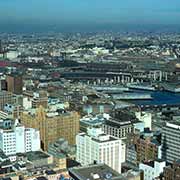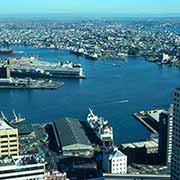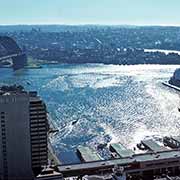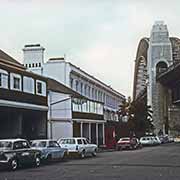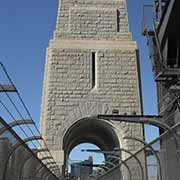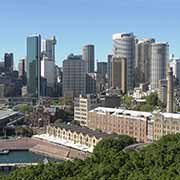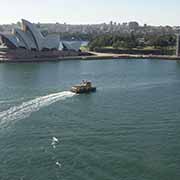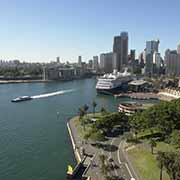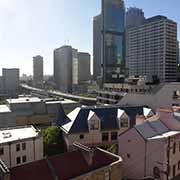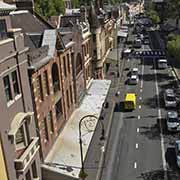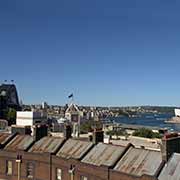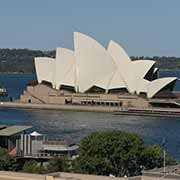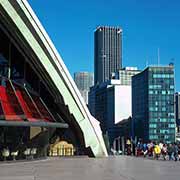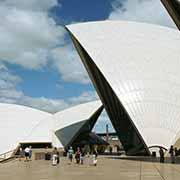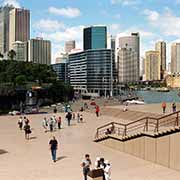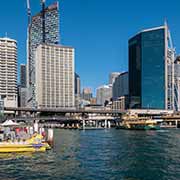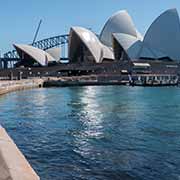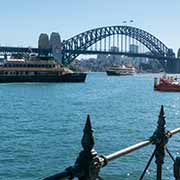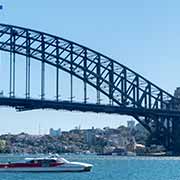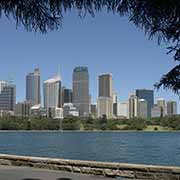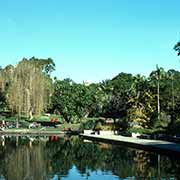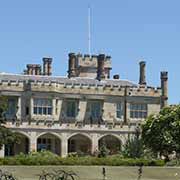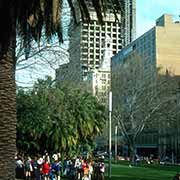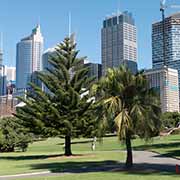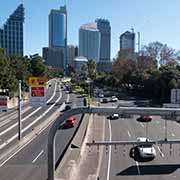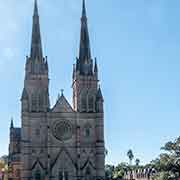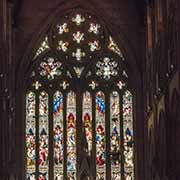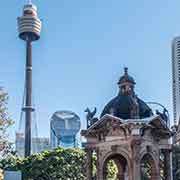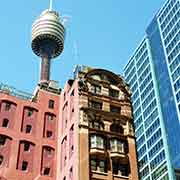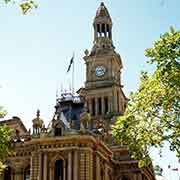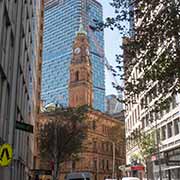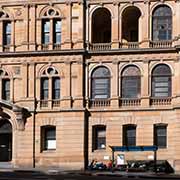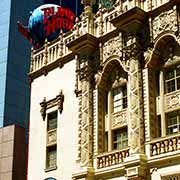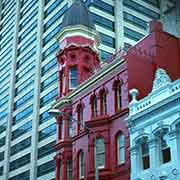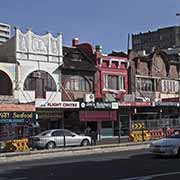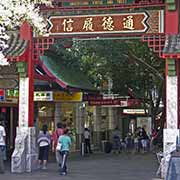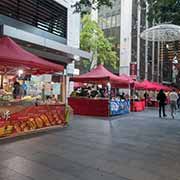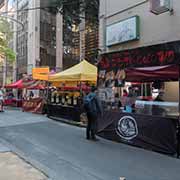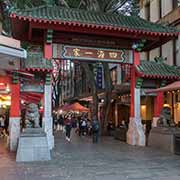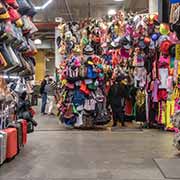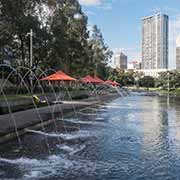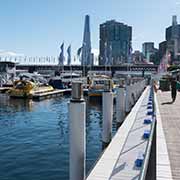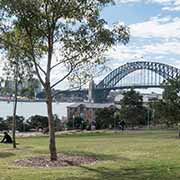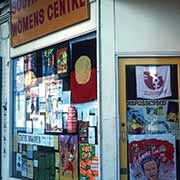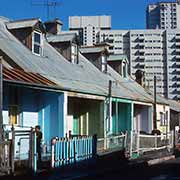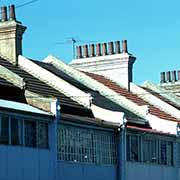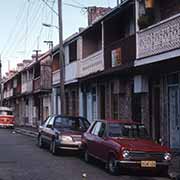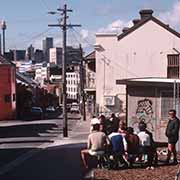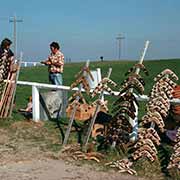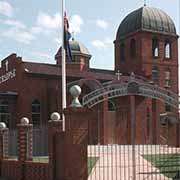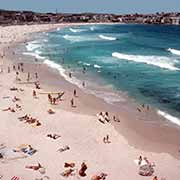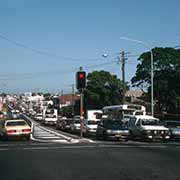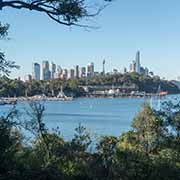Photos of Sydney - Australia’s First City, Australia
Sydney - Australia’s First City
Australia’s first and largest city started life in 1788 when Arthur Phillip, having orders to found a penal settlement in New South Wales, then a virtually unknown territory, decided to camp in Sydney Cove on the shores of Port Jackson, a magnificent natural harbour. It was teeming with fish, waterfowl and native game and inhabited by the Eora Aboriginal people. Relations between the colonists and the Aborigines seem to have been generally relatively amicable at first. But the indigenous people gradually succumbed to disease, imported by the Europeans, social dislocation, and eventually conflict with the newcomers. Some Europeans took Aboriginal women, and their descendants still live around the city, notably in Redfern and around Botany Bay, the area Phillip surveyed first but turned down in favour of Sydney Cove.
you may then send it as a postcard if you wish.
The city of Sydney gradually grew around the harbour, although farming started further west in Parramatta, which for a time became the seat of Government. To the southwest, Campbelltown was founded by Governor Macquarie in 1820, and by this time, Sydney was well established, with fine public buildings designed by Francis Greenway, a convict architect.
Today Sydney is a vast city, the capital of the State of New South Wales, sprawling for 50 kilometres along the coast and 30 kilometres inland, with a population of over 5 million. But its main attractions are within easy reach in the centre: the magnificent harbour with its world-famous icons: the Harbour Bridge (nicknamed the “Coathanger”), and the striking Opera House. Ferries connect to the northern suburbs, and an efficient public transport system links the Central Business District with the outer suburbs.



